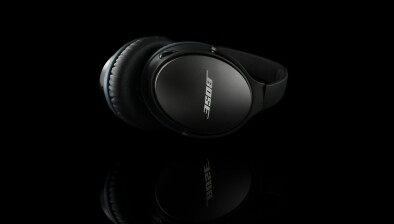And finally… Mushroom-based building material developed
Material science company Ecovative has developed a sustainable building material made from agricultural byproducts and mushroom mycelium.
The product contains mycelium, the vegetative part of a mushroom fungus, which is a natural glue. This material binds with crop waste like seed husks and corn stalks to form a bioplastic.
Unlike normal plastics, which are made from petrochemicals, Mushroom Materials are plant-based and fully compostable.
The latest development of the product – a Grow it Yourself kit – allows artists and designers the opportunity to grow their own modelling material.
The kit comes as a small bag of Mushroom Materials, which have been dried so they don’t need refrigeration. This dehydration process also means that the product can be packaged and internationally shipped.
To begin growing the material, water is added to rehydrate the product. “This process takes about three to four days,” explained Ecovative. “It’s kind of like letting dough rise before you shape and bake your loaf of bread.”
Once the product is wet, it can then be stored away or placed into custom-designed moulds to grow over several days.
Last year, Mushroom Materials were used by architectural studio The Living to build an organic tower in the courtyard of New York’s MoMA PS1 Gallery. The design, featuring circular buildings created entirely from natural materials, was the winning entry in the gallery’s 2014 Young Architects Programme.
“Prototyping is a crucial part of our design process,” explained The Living principal David Benjamin. “Ecovative GIY was a great way for us to quickly explore options and get a feel for how this amazing new material works.”
Other designs made using the material include a table lamp and plant pot by designer Danielle Trofe. The products, named Mush-lume and Mush-bloom respectively, use the mushroom material alongside compressed cork and concrete.
“The ability to have a hands-on experience with the Mushroom Material, to grow it, to learn its properties and to experiment with its living characteristics, has not only created a much more dynamic prototyping experience, but a more inventive and in-tune approach to material-based product design,” said Trofe.
Mushroom Materials has also been used to design a biodegradable surfboard by Californian brand Surf Organic, providing an alternative to the popular fibreglass and styrofoam models.

















